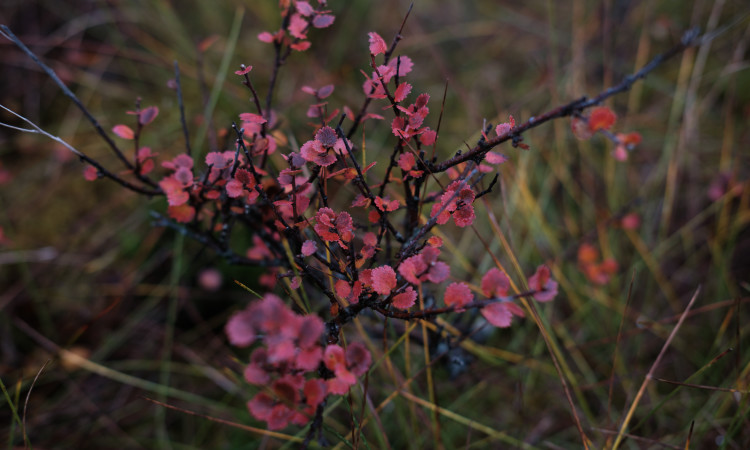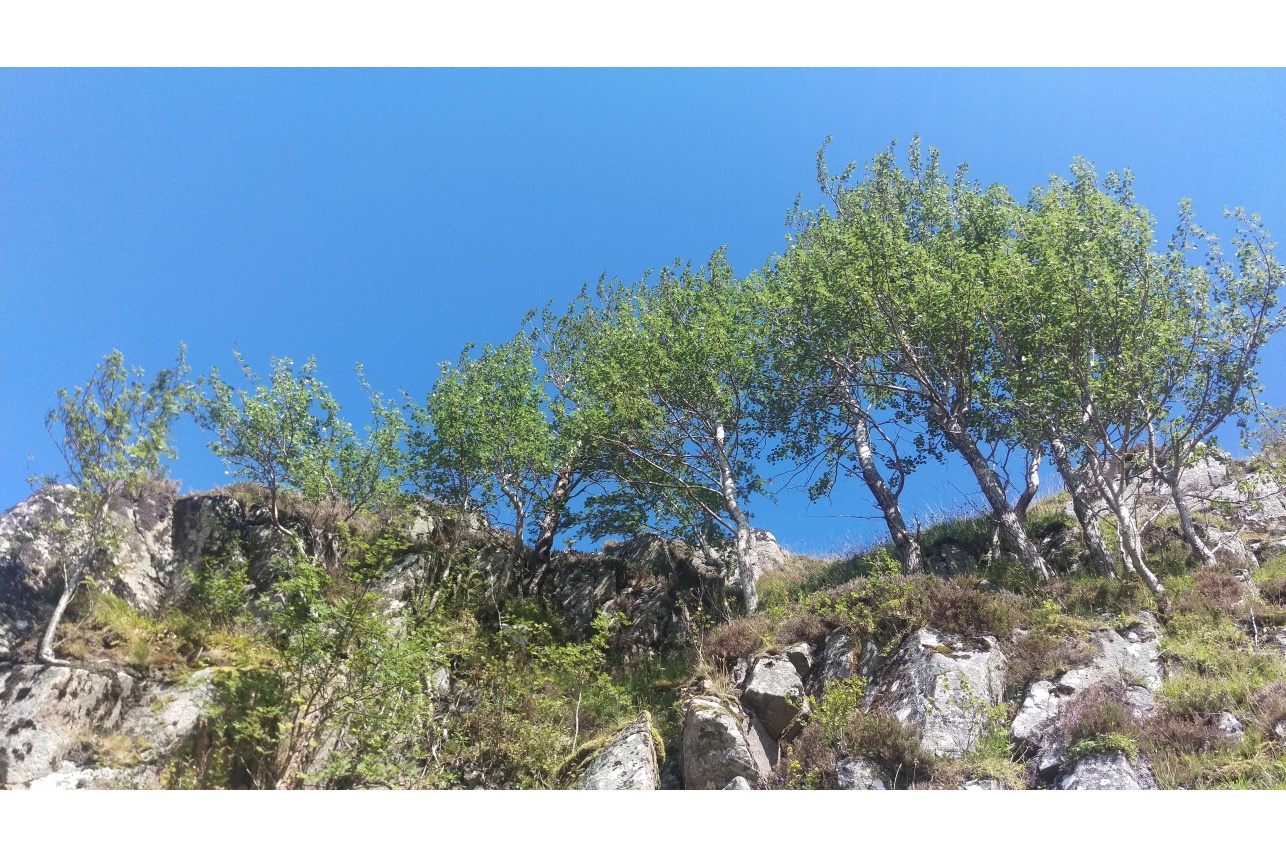Mountain woodland
Mountain (or montane) woodland is a habitat consisting of short, hardy trees that should grow from around 600m above sea-level to the UK's highest summits.
Our mountains would once have been adorned with ‘wee trees’, but muirburn and increased grazing pressures from deer and sheep have made this special habitat extremely rare in Britain. Find out more about mountain woodland.
East Schiehallion Mountain Woodland Project - public consultation 2022
The John Muir Trust is seeking to deliver an exciting mountain woodland project on the property it manages at East Schiehallion, Perthshire. Find out more about our rationale and method we hope to use and read a summary of the response to the consultation and other supporting documents below. If you have any questions about this project please email us.

East Schiehallion Mountain Woodland Project documents
- East Schiehallion Mountain Woodland Project
- East Schiehallion Mountain Woodland Project Appendicies
- East Schiehallion Mountain Woodland Project - consultation summary
- East Schiehallion Mountain Woodland Project - consultation summary - appendix 1
- SF all maps for East Schiehallion Woodland Management Plan
- SF Deer Management Plan East Schiehallion
- SF East Schiehallion EIA Screening - opinion request
- SF East Schiehallion EIA Screening Opinion request - supporting info
- SF Woodland Managment Plan East Schiehallion
Keystone E8 - The last Glen Nevis roof, in the last of the wee trees
Climber Dave MacLeod makes the first free ascent of Keystone E8 6c in Glen Nevis and learns more about mountain woodland there
Watch the film
Why is mountain woodland important?
Mountain woodland is an excellent habitat for a wide range of plants and animals. Montane willows provide an early nectar source for pollinators while upland flowers can support specialist insect species found in a handful of places across the UK. Small mammals like field voles and ground-nesting birds such as the ring ouzel thrive here too, as do the animals which hunt them like predatory mammals and raptors. Even people benefit from montane woodland. Willows and dwarf shrub plants consolidate steep slopes and reduce severe flooding downstream.

Want to help the wee trees?
Support our work to restore mountain woodland by donating to our Wild Woods Appeal
Why is mountain woodland threatened?
Due to the harsh climate at these altitudes, mountain woodland is slow-growing, and won’t grow much higher than your knees. As deer and sheep numbers increased, the tasty little trees began to disappear, resulting in our natural tree line now ending far shorter than 600m.
What are we doing about it?
As well as planting thousands of mountain woodland species at Glenridding Common, we are also working to reduce deer numbers across the other sites that we manage. Over time, boosting plant numbers of these fragile poulations and reducing grazing where they grow will allow the trees to self-seed and regenerate naturally.
What to look out for
Willow trees are one of our upland specialists. We plant downy willow, tea-leaved willow, eared willow, dark-leaved willow and many more. This is because they love damp ground, which we have lots of. Other species such as dwarf juniper and dwarf birch also excel at this altitude.
Missing link
Izzy Filor highlights the plight of mountain woodland and explores some of the efforts being made to save this increasingly rare habitat
Read more

Buy a Wild Gift for nature and your loved ones
Help a Habitat and protect mountain woodland